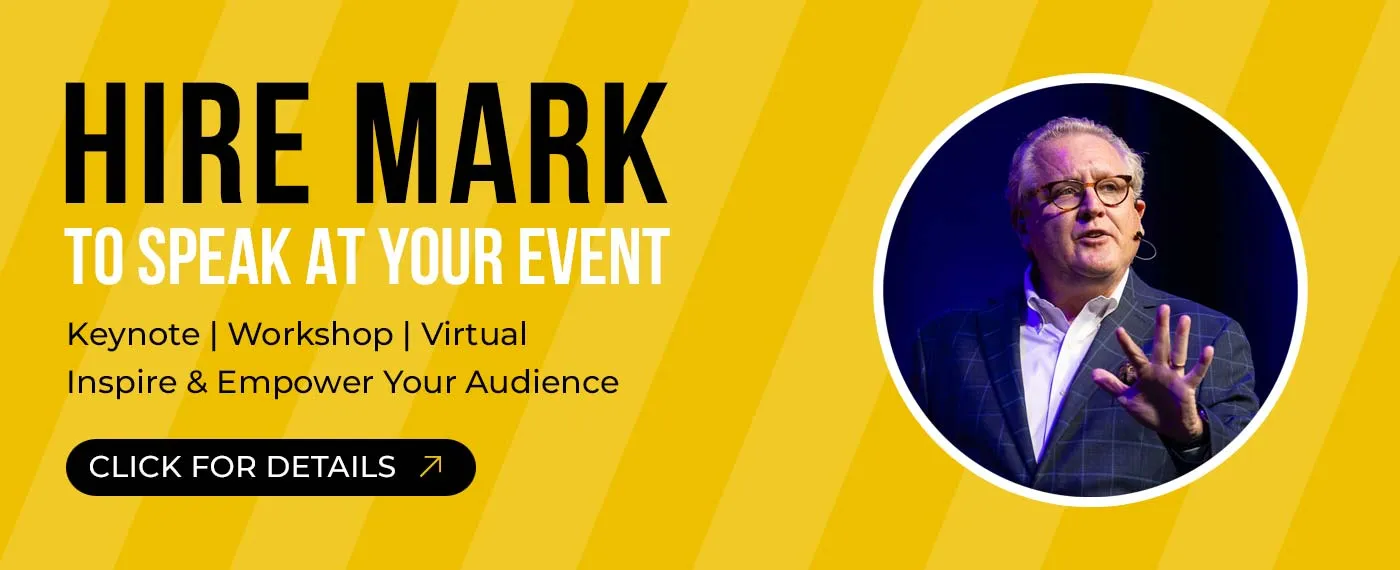
By Keith Reynold Jennings, {grow} Contributing Columnist
In this article, I want to offer you a question that is powerful in its ability to evoke clarity and insight. I can’t think of a better way to help you serve yourself, your team, your clients, and even your community.
This season has felt (and continues to feel) so unsettling because it seems like nothing is resolvable. We have no clue if or when there will be a vaccine for COVID-19. There are fears about a second wave of infections. And have persistent concerns about when systemic racism, police brutality, and all other forms of injustice will be overcome.
Problems have cures, tensions need care
The chairman and CEO of my organization has a question he asks each time he encounters a new challenge or obstacle:
“Are we dealing with a problem to solve or a tension to manage?”
This is such a simple question. But it offers powerful insight and clarity to any situation. Because it acknowledges that there is a difference between problems and tensions. And the way we respond to a problem is different than how we respond to a tension.
A problem is solvable. A tension is not.
A problem has a root cause and a cure. A tension is perpetually present and requires ongoing care and attention.
Problems go away. Tensions do not. You can decrease a tension, but you can’t eliminate it.
One of the biggest mistakes we make in life and business is that we treat most challenges as problems. And when they don’t go away, we either give up or keep trying remedies that have no chance of working.
Problem or Tension: You decide
Let’s unpack this insight a little more with some scenarios.
Scenario #1: Your client’s business is struggling to convert leads.
Is this a problem or a tension?
It’s likely a problem because this can be resolved. They either have the right solution/wrong prospect, the wrong solution/right prospect or the wrong solution/wrong prospect.
Once they have the right solution/right prospect, conversions should improve.
However, the problem of conversion comes with a related tension: the ongoing care it takes to innovate and evolve your business to offer the right solution for the right prospect.
Scenario #2: You want to improve your overall physical and mental health.
Is this a problem or a tension?
Our brains want to believe this a problem! We really want to believe we can solve this and it will go away. But we can’t. And it won’t.
Health isn’t a one-time event. It’s an ongoing state we have to manage.
Over time, by managing what we eat and when, and by exercising, meditating and participating in community, we’re likely to be more healthy. But health is the outcome of a sustained system, not a state of being. It’s a tension to manage, not a problem to solve.
Scenario #3: Your founder wants to offer commercial space travel.
Is this a problem or a tension?
The Apollo space program faced a problem: land humans on the moon and return them safely to earth. Once that had been done, the problem was solved.
However, commercial transportation isn’t a one-and-done challenge. It’s an ongoing challenge, which makes it a tension needing ongoing care, not a problem with a cure.
If you don’t recognize the distinction between these two, you will mistake many tensions as problems and remain perpetually frustrated.
Big challenges are often tensions, not problems
I was 22 years old when the four police officers who viciously beat Rodney King were acquitted in 1992. Riots and protests ensued. It dominated international news and everyone’s consciousness at that time.
Then, almost as quickly as it began, the narrative went silent. And things returned to “normal.”
Of course, “normal” for people of color meant a return to racial profiling, harassment, and injustice. And “normal” for white people meant not having to see or hear about it.
The recent murders of Ahmad Arbery, George Floyd, and Breonna Taylor re-ignited this narrative.
Let’s ask our question:
“Is systemic racism a problem or a tension?”
This is a rhetorical question! But I hope this question reveals the power and importance of distinguishing between problems and tensions.
Racism, as I’m educating myself to understand more deeply, seems to be a tension, not a problem. Groups of people have hated and oppressed other groups of people throughout history.
Systemic racism, however, seems to be a problem we can ultimately solve in the U.S. We can address police brutality, criminal justice, access to healthcare, employment, housing, and the other levers used to oppress people of color.
The COVID-19 pandemic appears to be a tension, not a problem. Work-life balance is a tension, not a problem. Criminal justice reform is a tension, not a problem. Doing work that gives you meaning and purpose is a tension, not a problem.
Many of the challenges and issues in your life, business, and society seem to linger because they’re tensions, not problems. The most important thing you can do, with each challenge you face, is to identify whether you’re dealing with a problem or tension.
Here’s my ask. Introduce this question and insight to your team and clients. Discuss it.
Take a look at a challenge you are currently facing together and ask, “Is this a problem with a cure or a tension needing care?”
Then create a plan to either resolve it or manage it.
(Source note: My CEO learned this problem/tension question from his pastor years ago.)
 Keith Reynold Jennings is an executive and writer who serves as vice president of community impact for Jackson Healthcare. He’s also an advisor to goBeyondProfit. Connect with Keith on Twitter and Linkedin.
Keith Reynold Jennings is an executive and writer who serves as vice president of community impact for Jackson Healthcare. He’s also an advisor to goBeyondProfit. Connect with Keith on Twitter and Linkedin.


